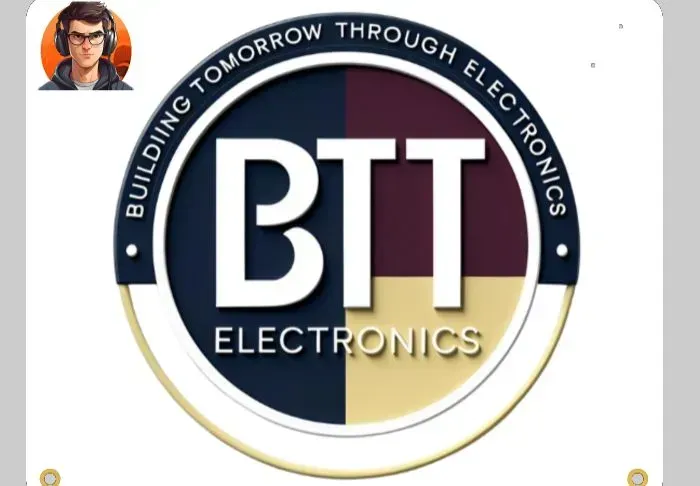 Completed
CompletedPCB Business Card
PROPCB Business Card
License
:Public Domain
Description
This project demonstrates the design and implementation of an NFC-enabled business card PCB that integrates both communication and visual feedback features. The system is based on the NXP NT3H2111 NFC IC, which allows data storage and transfer to NFC-enabled smartphones. When the card is placed near a smartphone, the chip is powered by the NFC field, the stored URL (company website) is transmitted, and an LED indicator is activated.
The PCB dimensions are 50 mm × 40 mm, making the design compact and suitable for business card applications.
Components and Connections
-
NXP NT3H2111 NFC Chip: Serves as the core of the design, enabling communication with NFC readers.
-
Red 0603 LED: Positioned at the center of the PCB to provide a visual indication when the NFC link is active.
-
270 Ω Resistor (0603): Used in series with the LED to limit current and ensure safe operation.
-
0 Ω Resistor (0603): Utilized as a jumper to simplify PCB routing without altering the circuit function.
The LED is directly connected to the output of the NT3H2111 IC, through the series resistor, to ensure proper illumination when powered.
Antenna Design
The PCB incorporates a planar spiral antenna operating at 13.56 MHz, which is the standard frequency for NFC. The antenna geometry was calculated and optimized using the following online tools:
-
ST Antenna Matching Tool (https://eds.st.com/antenna/#/) for initial antenna design and matching guidance.
-
Resonant Frequency Calculator (https://goodcalculators.com/resonant-frequency-calculator/) to validate that the antenna resonates near the target frequency.
-
PCB Inductor Calculator (https://coil32.net/online-calculators/pcb-inductor-calculator.html) to determine the inductance values based on PCB trace width, spacing, and number of turns.
The antenna is directly connected to the NFC chip. A ground plane was intentionally avoided beneath the antenna area to reduce parasitic capacitance and maintain high efficiency.
System Operation
When the PCB is placed near an NFC-enabled smartphone:
-
The smartphone generates a 13.56 MHz electromagnetic field.
-
The antenna harvests energy from this field and powers the NT3H2111 IC.
-
The IC transfers the pre-programmed data (e.g., company website URL) to the phone.
-
The LED illuminates, providing immediate visual confirmation that the NFC interaction is successful.
Conclusion
This PCB functions as both a digital NFC business card and a demonstration platform for integrating energy harvesting, antenna design, and visual feedback in a compact system. It provides an innovative way for the company to share digital information with clients while showcasing engineering capability in PCB and NFC design.
Design Drawing
 The preview image was not generated, please save it again in the editor.
The preview image was not generated, please save it again in the editor.BOM
 Bom empty
Bom empty Clone
CloneProject Members
 Empty
Empty


Comment